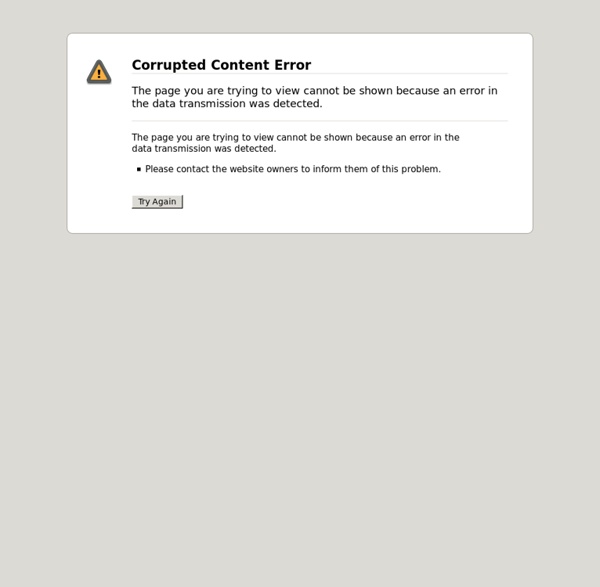



The HTML5 test - How well does your browser support HTML5? Fabryka Spamu Center Layout Esta base de datos se ha recopilado a lo largo de los años en respuesta a las demandas de terminología y nomenclatura por parte del personal de las Naciones Unidas. Se ha colocado en Internet para facilitar la labor de todas aquellas personas en el mundo que participan en el trabajo de la Organización pero no tienen acceso a la Intranet de la Secretaría. Es necesario recordar que el material de esta página no está completo. Lea atentamente la Exención de responsabilidad y los derechos de propiedad de las Naciones Unidas. Haga clic para comenzar la búsqueda Más de 70.000 Entradas. En 6 idiomas oficiales. Actualizaciones diarias. UNTERM es una base de datos de terminología multilingüe que proporciona la nomenclatura y los términos especiales de las Naciones Unidas en los seis idiomas oficiales: inglés, francés, español, ruso, chino y árabe. Para enviar comentarios, cuestiones o sugerencias, utilice el siguiente formulario (en inglés).
The Open Graph protocol HTML5-CSS3.fr - Tutoriels, exemples et démos HTML5 et CSS3 Trouver son code couleur HTML ! Les couleurs avec du CSS sont les mêmes que celles avec un code HTML. Pour faire référence à d'autres couleurs, vous devrez utiliser le code hexadécimal. C'est bien sûr un peu moins parlant mais universel. Vous pouvez choisir votre couleur en cliquant ici : <-- Cliquer ici Il existe des couleurs nommées normalisées : Les 16 couleurs de fondamentales ont un nom parlant (en anglais) normalisé : elles sont reconnus par tous les navigateurs : Il est possible d'avoir l'ensemble des couleurs de l'arc en ciel :) avec une sa valeur hexadecimal : Couleur HTML et CSS En CSS, est bien pratique de mettre en forme un contenu et le définir une seule fois dans sa feuille de style. color: Gestion de la couleur du texte letter-spacing: Espace entre les lettres text-align: Alignement d'un texte text-decoration: Habiblement d'un texte A savoir : Dans ce chapitre, la notion d'héritage est appliquée. Couleur d'un texte ou une phrase en CSS Espace entre les lettres
SEOKatalog - skrypt intermix English[edit] Etymology[edit] inter- + mix Verb[edit] intermix (third-person singular simple present intermixes, present participle intermixing, simple past and past participle intermixed) (transitive) To mix together; to intermingle or blend. Derived terms[edit] Noun[edit] intermix (plural intermixes)
html5 - What's the key difference between HTML 4 and HTML 5?